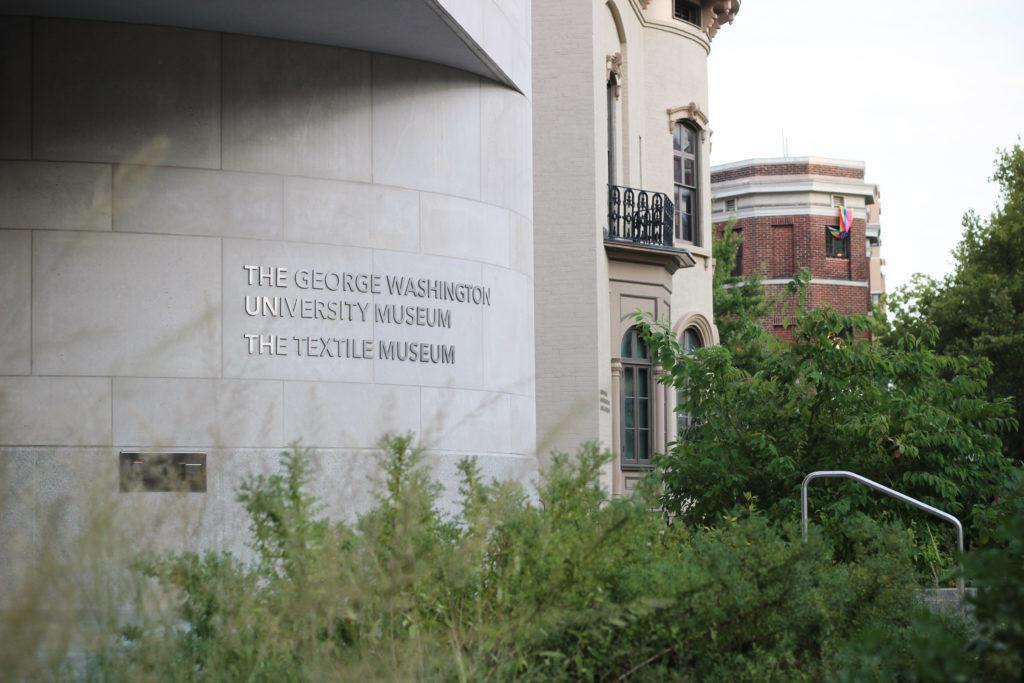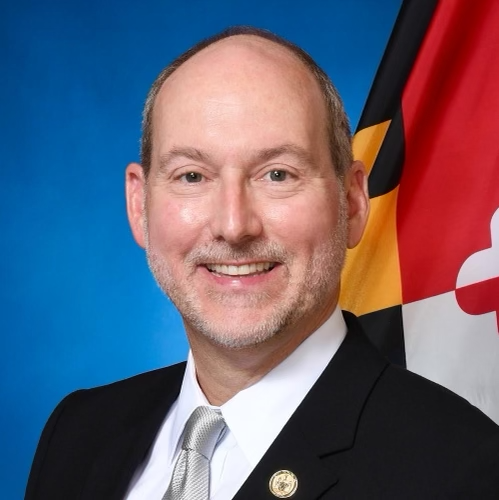If you’ve wondered about the obelisk origins of the Washington Monument or the intricate design of the Capitol building’s facade, you can now step into antiquity as the George Washington University Museum and Textile Museum reveals its newest exhibit tracing back D.C.’s most recognizable landmarks to their Greco-Roman influences.
The exhibit, “Classical Washington,” opened in May and contextualizes 24 buildings, statues and monuments of ancient Greek and Roman styles, attributing each to a classical model from which the architect took inspiration. The research behind the exhibition was driven by Associate Professor of Classics and Art History Elise A. Friedland in collaboration with work from undergraduate students in her class, Greece and Rome in Washington, DC: Classical Influences on Our Founding Fathers.
“Part of the sheer fun of studying this material is seeing how American designers transform classical models to ‘Americanize’ them,” Friedland said over email. “There are examples at nearly every corner of D.C., these transformations can have quite complex political, historical and cultural contexts behind them.”
Spanning two galleries, the exhibition walks the viewer through the chronological planning and construction of D.C.’s federal monuments and buildings. Each federally commissioned work is illustrated by a variety of historical documents, from postcards to brilliant watercolor paintings. Beside each illustration, the viewer is provided an image of the classical inspiration. The descriptive label entrances the viewer, providing classical contextualization to our iconic landmarks from a world away.
Friedland said her passion is helping make ancient art relevant for students and the public, and she’s pursued research to fulfill that passion. Friedland won a fellowship in 2017 to identify frescos in the Senate wing of the Capitol, ultimately writing a yet-to-be-finished book surveying classical architecture in the District.
“I wanted to make the book readable and for the public — filled with pictures of both the D.C. monuments and their classical models to preserve that component that teaches about the ancient world, even as it shows how early Americans adapted the ancient world to their own ends,” Friedland said.
Friedland said her book became the impetus behind this year’s exhibit. She said she was initially invited by Jackie Streker, the former curator of the Albert H. Small Washingtoniana Collection based at GW, to collaborate on the exhibit in March 2022.
Both Streker and Friedland wanted to give students the chance to gain firsthand experience in curating and running an exhibit. Each student in Friedland’s class wrote a label for all but four prints, lithographs or paintings depicting a D.C. building or monument. The students were also responsible for finding an image of the classical structure each building or monument derived from to be shown beside it.
“I wanted the students to feel that their research on their monument had a real outcome: to teach museum visitors about how a classical model was adopted and adapted and to show that classical model alongside its adapted D.C. monument,” Friedland said.
Friedland said most of the pieces in the project come from the Albert H. Small Collection. She said the mission of the Small Collection is to involve students and faculty in the collection’s research whenever possible. Outside of the Small Collection, the exhibition consists of a series of photographs and postcards from the D.C. History Center to contextualize monuments commissioned and built into the 20th century.
Highlighted in the exhibition are two rare books on loan from the National Gallery of Art from the early 1800s discussing ancient art. Friedland said the books depict classical design that might have been accessible to artists and architects.
“I wanted to show how an artist might know what a Pompeian wall painting that was discovered in Italy in 1826 looks like when he was painting in the U.S. in 1857,” Friedland said.
The Capitol and its influences from Rome’s Pantheon are a particular focus of the exhibit like the Greco-Roman origins of the Statue of Freedom at the top of the dome to the painting on the dome’s interior.
She particularly cites Constantino Brumidi’s 1865 masterpiece, the “Apotheosis of Washington” on the underside of the Capitol’s dome. She said in the fresco, George Washington is modeled after the famous 5th century BC statue of Zeus at Olympia, which is illustrated in one of the rare books on display in the center of the gallery.
“The Capitol is truly the central symbol of the great American experiment, a ‘Temple of Democracy,’” Friedland said.
Friedland said that various Founding Fathers were involved in the design process of D.C., with Andrew Jackson hiring Robert Mills, the architect behind the Treasury building, and George Washington’s involvement in The L’Enfant Plan, the initial urban plan for D.C. She said the Founding Fathers themselves have even taken on some Greco-Roman influences, with the carving of the Committee of Five who drafted the Declaration of Independence at the Jefferson Memorial taking inspiration from classic pediment carving techniques.
As most of the Founding Fathers received Europe-style education, Friedland said, their teachings focus on the Greek and Roman world. She said their attentions turned toward Greece as they envisioned a democratic society, which is clearly reflected in their architectural predilections.
“They use the visual vocabulary of ancient Rome especially, but also Greece, to communicate their ideas about their new nation,” Friedland said.
Classical Washington is open in the George Washington University Museum and the Textile Museum through Nov. 18.



